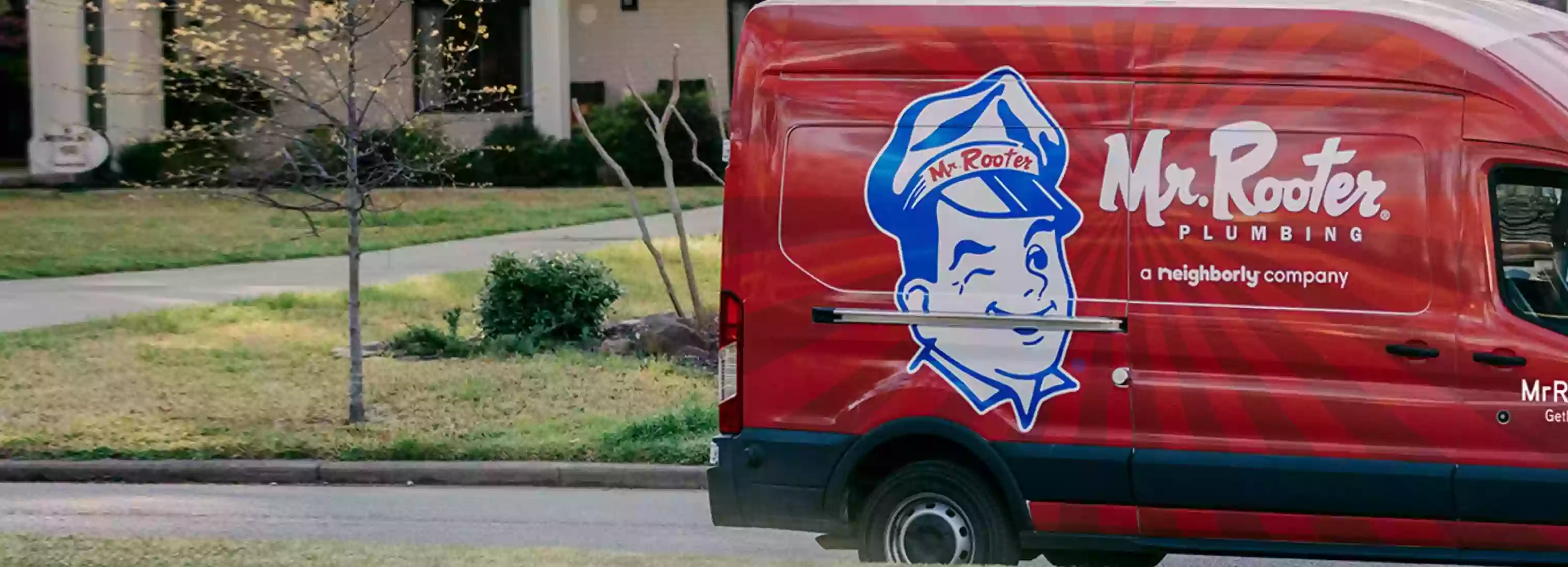What to Expect During a Backflow Preventer Inspection
Backflow preventer inspections are crucial for maintaining the safety and purity of your water supply. Without regular inspections, it’s impossible to know whether your backflow preventer will work when needed. But what should you expect from a backflow preventer inspection?
We’ll explain the basic elements of a backflow preventer inspection and answer an important frequently asked question about this process:
Visual Inspection
The first part of any backflow preventer inspection is a visual examination of the system. During this step, the inspector will visually examine the external and internal components of the backflow preventer. This step also includes checking valves, fittings, pressure gauges, relief valves, check valves, ball valves, and air gaps.
Pressure Test
Following the visual examination, the inspector will conduct a pressure test to evaluate the backflow preventer’s performance. They’ll set up the pressure testing equipment, conduct the test procedure, and record pressure readings.
The inspector will then analyze the results to determine if the backflow preventer operates within acceptable pressure ranges. Any leaks or abnormalities are noted, and recommendations for repairs or improvements are documented.
Reporting
Finally, the plumber will prepare a detailed inspection report. This report includes observations, testing results, and an analysis. They will also provide recommendations for any repairs or improvements.
Once you receive the report, you’ll have a list of repairs to address. It’s critical to prioritize the recommended repairs and budget for any additional work on your backflow systems. In many cases, the plumber who performed the inspection will give you a quote for the repair service, making it easy to schedule the necessary fixes.
Backflow Preventer Inspection FAQ
Are backflow preventer inspections mandatory?
Backflow preventer inspections are mandatory for commercial locations in most states. These inspections enable the city to confirm that your backflow preventer will work in an emergency.
Though the exact testing frequency will depend on the requirements set by your local government, most places require testing at least once per year. A yearly test can help identify any system issues and enable you to fix them before a backflow occurs.
Residential backflow systems should be inspected for the same reason as commercial systems. If these systems fail, the backflow only puts one home at risk rather than a building full of people.
Call Mr. Rooter Plumbing for Easy-to-Schedule Backflow Preventer Inspections
Are you due for a backflow preventer inspection? Call Mr. Rooter! Our local plumbers are trained on the testing requirements set by your city and state. You can trust them to get you and your local government all the information they need to certify your device as code-compliant.
Don’t let your system fall out of compliance. Call Mr. Rooter Plumbing today to schedule a backflow preventer inspection.
 Click to call
Click to call


